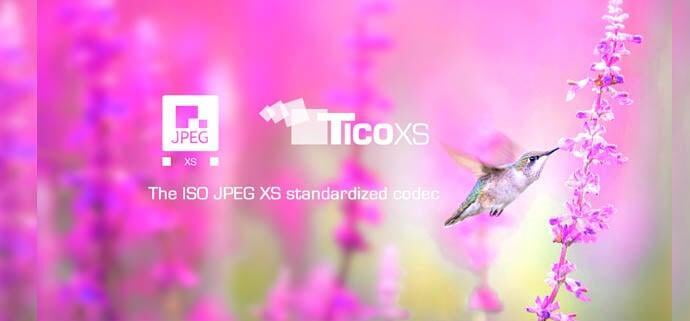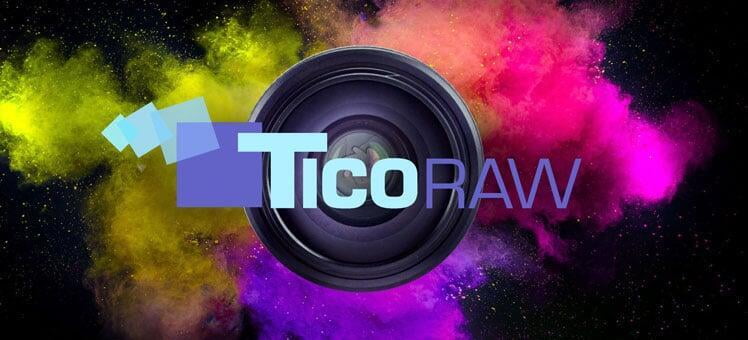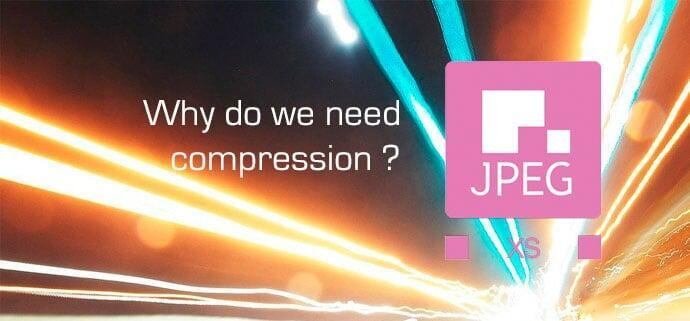
... when uncompressed involves unnecessary extra cost
Images and videos are like sponges !
Imagine a sponge or rather thousands of sponges to be transported over several kilometers. It would require several trucks to store and transport them all!
Now let's put them each in a small box to store and transport them. Sponges take up less space and require a lot fewer trucks. Basically, this is what compression does to transport images and videos

The advantages of this compression are numerous. Less congestion on the roads, reduced transport costs and a reduced level of pollution, without the slightest loss of material. On arrival when the sponges are extracted from their packaging, they will get their initial shape back and will not have lost anything in terms of quality. We speak then about “Lossless compression”, because there is no degradation of the information compared to the original.


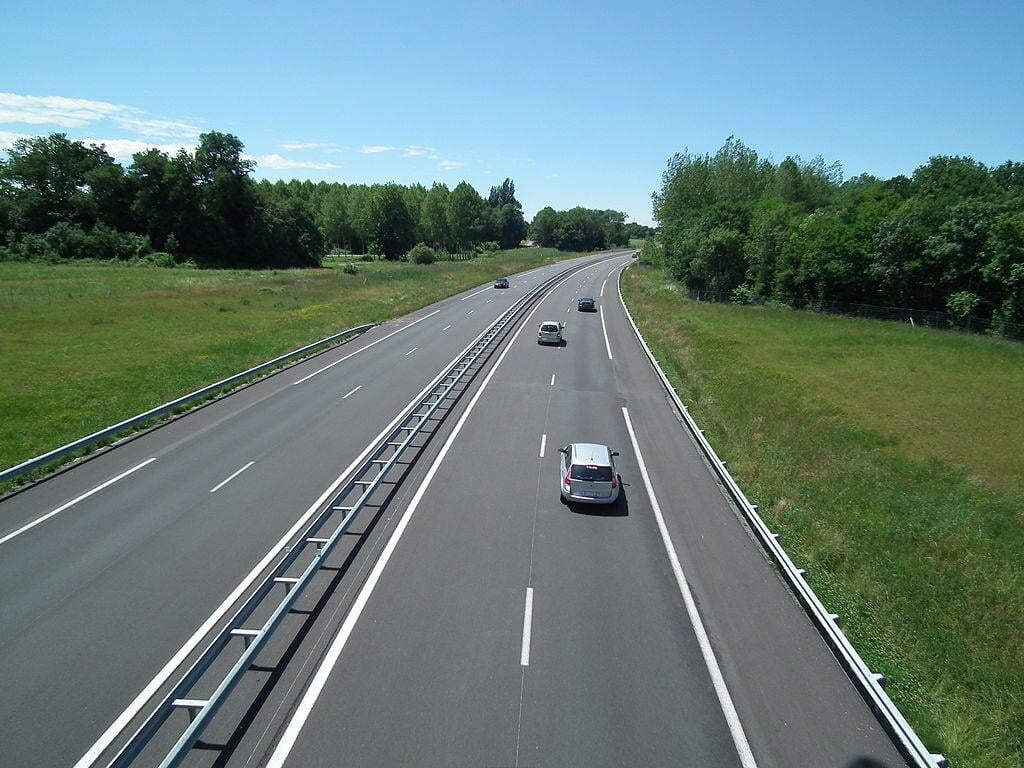
As experts in image compression, images are like sponges – they are filled with a lot of “air”, – data that are not bringing any information to our human eyes, and that we can remove. The drawbacks of uncompressed are systems with bigger memory, networks using more bandwidth, higher storage requirements and higher power consumption. Compressing those images can be so efficient that it makes no sense to transport or store them uncompressed.
Lossless compression from different points of view !
For the human eyes
Called visually lossless, there is no differences between the source image and the decompressed image can be detected by close human inspection.
For the machines
The relevant information can still be detected, extracted or analyzed.
Mathematically lossless
Can be proven by comparing a hash of source file and the retrieved compressed file.
Visually lossless but not Lossy !
Images hold a lot of information that can be perfectly processed to keep only useful information without having the slightest impact on human or machine vision.
Codecs remove unnecessary air from the image/video frame and keep only the most relevant information possible and the compression rate positions then the cursor between “Totally lossless” with a very high bit rate to "Totally lossy” with a very low bit rate.
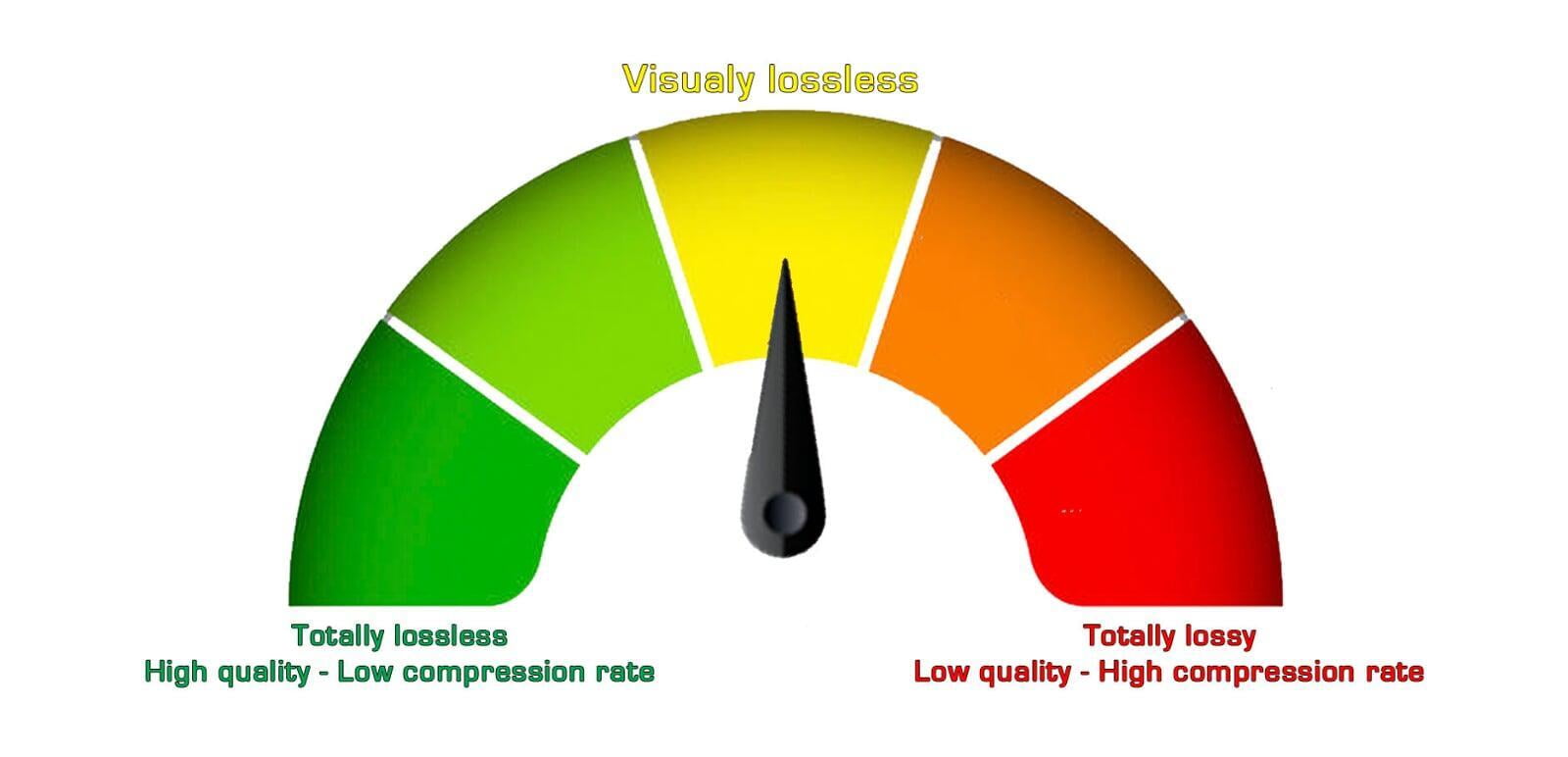
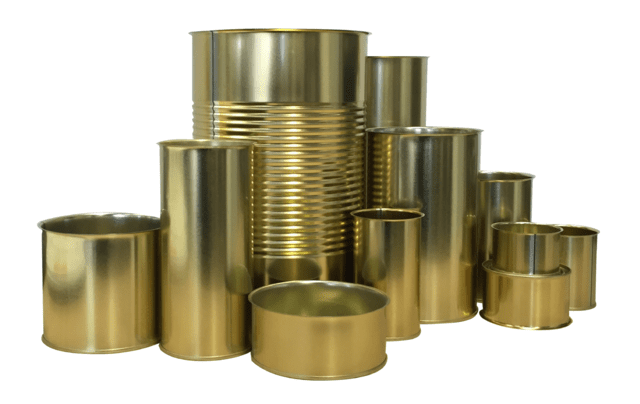
There is nothing magical about compression! Let's go back to our sponge metaphor, if you want to put your sponges in smaller boxes (than what you could achieve by squeezing them naturally), you have to cut through the material to make it possible. In this case, when you decompress it, it will no longer have the same visual appearance. It means that we had to introduce loss, some information is missing. It is the same when you want to transport video frames with a lower bandwidth than usual, you need to increase the compression ratio and if you put the cursor too far, then we lose quality.
We then speak of "Lossy compression", quality is lost and this can lead to errors for the human eye or for the machine. Obviously, intelligent choices are made to minimize the perceived impact of the loss. Trade-offs between bandwidth, resolution, frame rate, color accuracy and other factors determine how lossy.
With JPEG XS, the cursor is much better positioned than in uncompressed, it allows you to divide the bitrate by up to 10 without having a visual impact.
The objective ofJPEG XS and intoPIXis to put the cursor at the right place to get the best compromise between quality, speed and complexity.
Compression solutions to replace uncompressed !
IntoPIX has always been driven by the wish to find the best image compression solutions to avoid unnecessary costs and nuisances, while maintaining perfect image quality.
Our TICO-XS and TICO-RAW solutions are compression algorithms and solutions that allow this reduce the size of images by selecting the useful information to preserve and those that can be sacrificed without having the slightest impact on the quality of the image from point of views of the human eye, or the machine. The ultimate goal is to always position the cursor in the right place!
You now understand why it's time to replace uncompressed everywhere and why "Not compressing" simply doesn't make sense.





